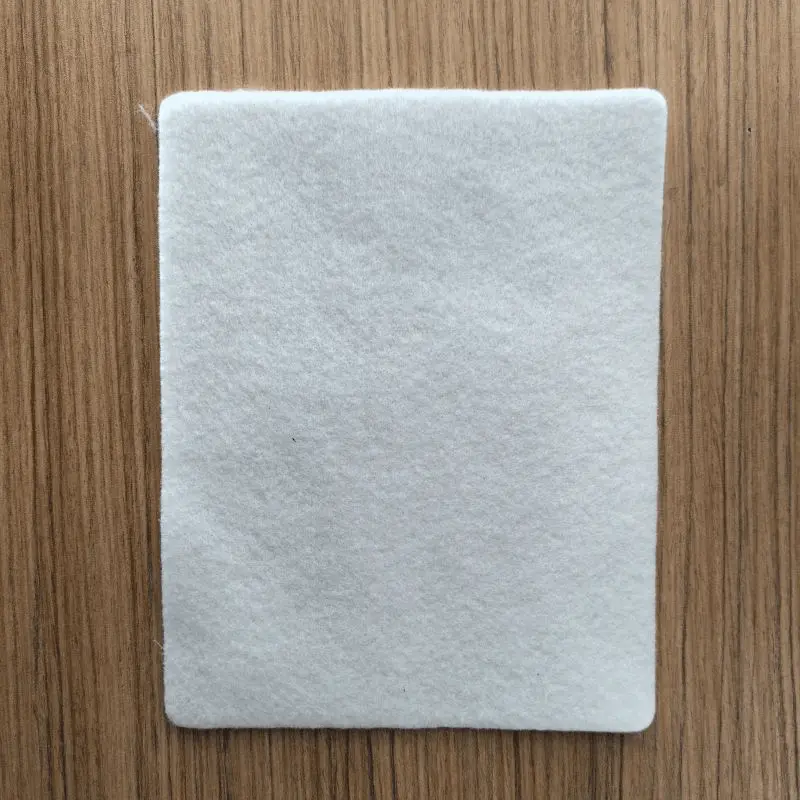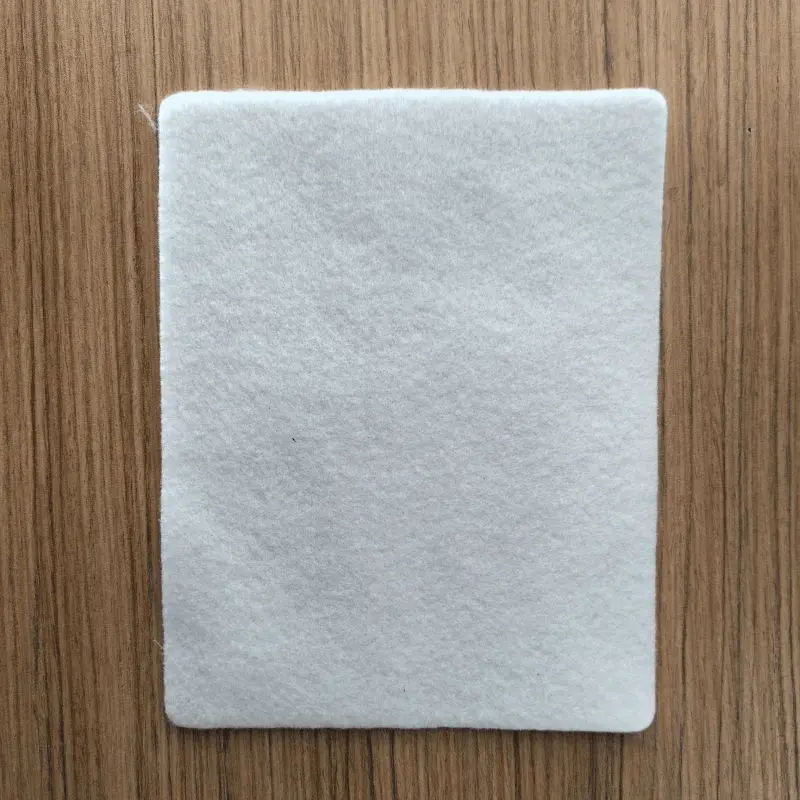The Important Role and Application of Short Fiber Geotextiles in High-speed Railway Construction
Beijing-Shijiazhuang High-speed Railway, also known as Beijing-Shijiazhuang Passenger Dedicated Line, is a high-speed railway connecting Beijing and Shijiazhuang, Hebei Province. It is part of the Beijing-Harbin-Guangzhou-Hong Kong-Macao Passage, one of the "eight vertical and eight horizontal" high-speed railway main passages in the "Medium and Long-term Railway Network Planning" (2016 version).
On October 7, 2008, the construction of the Beijing-Shijiazhuang high-speed railway began; on July 25, 2012, the track laying of the entire Beijing-Shijiazhuang high-speed railway was completed; on December 26, 2012, it was officially opened for operation. The main line of the Beijing-Shijiazhuang high-speed railway is from Dujiakan line station to Shijiazhuang station (Dujiakan line station leads to the Beijing West railway station via the Beijing West connection line).
The Beijing-Shijiazhuang high-speed railway has a total length of 283.672 kilometers, with a design speed of 350 kilometers per hour and an initial operating speed of 300 kilometers per hour.
From June 20, 2022, the Beijing-Shijiazhuang section of the Beijing-Guangzhou high-speed railway will achieve normalized high-standard operation at a speed of 350 kilometers per hour.
The above information is for reference only. It is recommended to visit the official website of China National Railway Group Limited for more real-time information.
The advantages brought by high-speed rail mainly include the following aspects:
Shorten travel time: Taking the Beijing-Shijiazhuang high-speed railway as an example, the maximum design speed of the Beijing-Shijiazhuang high-speed railway reaches 350 kilometers per hour, which greatly shortens the travel time from Beijing to Shijiazhuang, providing a more convenient option for business and tourism travel.
Promote regional economic development: The opening of the high-speed railway will strengthen the connection between the two major cities at the starting point and the end point, promote the flow of people, materials, and information along the route, and further promote the development of regional economy.
Optimizing the transportation structure: The completion of the high-speed railway will further improve the domestic railway network, optimize the transportation structure, increase the proportion of railway transportation, thereby reducing logistics costs and improving economic efficiency.
4. Promote the development of tourism: The opening of the high-speed railway will facilitate tourists' access to tourist attractions around the two cities, promote the development of tourism, and increase employment opportunities.
5. Improve regional competitiveness: The high-speed railway will strengthen the connection between the two major cities, promote the integration and optimal allocation of resources within the region, and improve the overall competitiveness of the region.
The completion of the high-speed railway will inject new vitality into the regional economic development and bring many positive impacts. And short fiber geotextiles play an important role in improving safety, stability, and environmental protection in the construction of high-speed railways.
Below is an example of our company's construction site and product application for the Beijing-Shijiazhuang high-speed railway:
777748.webp)
(Construction site of Beijing-Shijiazhuang high-speed railway project)
Considering the smoothness of high-speed trains in high-speed operation, one of the main issues in high-speed railway construction is to control the deformation of the subgrade. This deformation occurs in areas with abrupt changes, such as transition sections between abutments and subgrades, tunnel exits, etc. This change causes an uneven additional impact force on the high-speed moving wheels, resulting in uncomfortable driving conditions, and in severe cases, reducing the service life of the structure and even causing danger. This kind of disease increases the expensive maintenance and treatment costs, so the use of geosynthetics in bridge-road transition sections can effectively overcome this problem, but the quality requirements for geosynthetics are relatively high. Our company's various products are widely used in high-speed railway construction:
Polypropylene staple fiber needled geotextile: high strength, good extensibility, large deformation modulus, acid and alkali resistance, corrosion resistance, etc.
2. Biaxially-stretched geogrid: It has high strength and low elongation, which plays an excellent role in reinforcing and enhancing the structure and reducing the impact of bumps in transition sections.
The role of short fiber geotextiles in high-speed rail includes the following aspects:
Pavement conservation and reinforcement: In the pavement laying of high-speed rail, short fiber geotextiles can play a role in conservation and reinforcement. It can prevent the occurrence of pavement cracks, improve the integrity and stability of the pavement, and enhance the durability of the pavement.
Foundation treatment and drainage: Short fiber geotextiles play an important role in foundation treatment for high-speed rail. It can effectively drain water, prevent soil erosion and loss, and improve the stability of the foundation.
Protection and prevention of reflective cracks: Short fiber geotextiles can prevent reflective cracks on the tracks and pavement, improving the safety and stability of high-speed rail.
Isolation and impermeability: Short fiber geotextiles can also be used as isolation layers in high-speed rail construction, preventing mutual penetration between different materials and acting as an impermeable layer.
5. Environmental protection applications: Short fiber geotextiles also have environmental protection applications in high-speed rail construction. For example, they can be used as filtering materials to prevent soil erosion and protect the environment.
475.webp)

479.webp)
643.webp)
503.webp)
759.webp)
509.webp)
769.webp)
